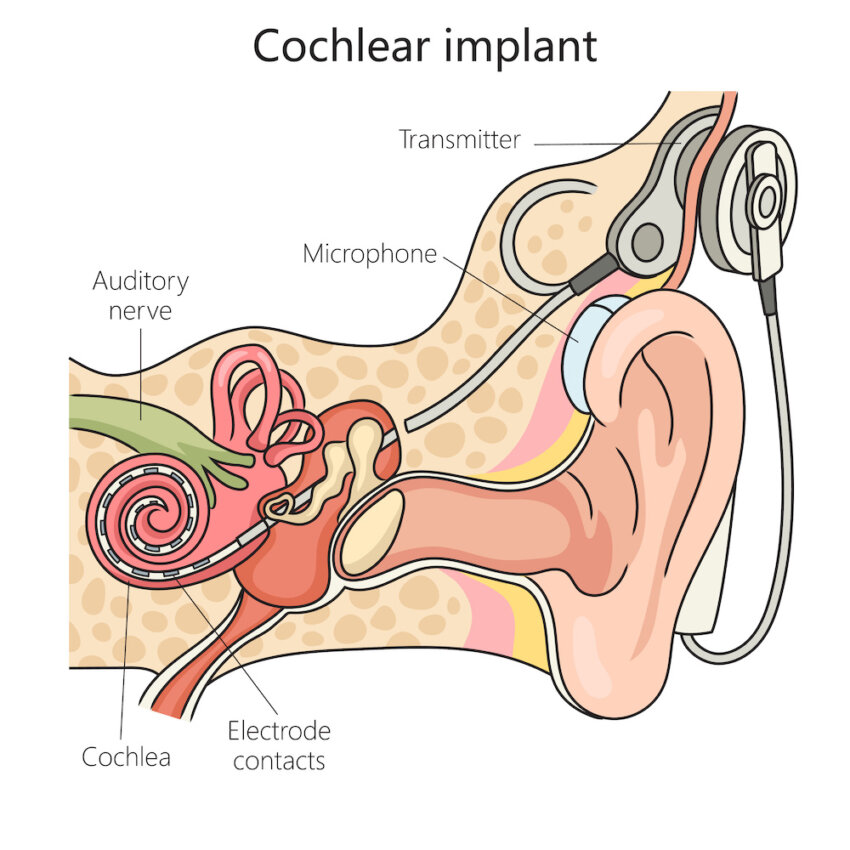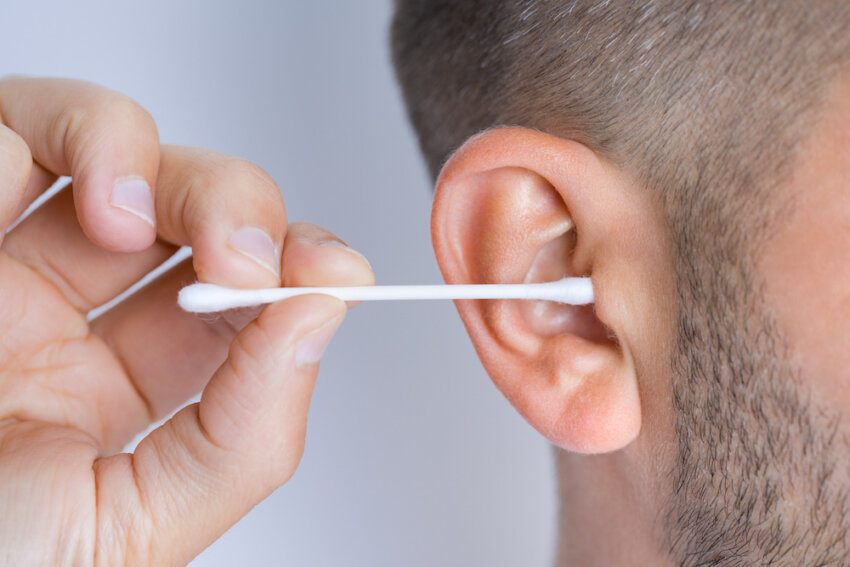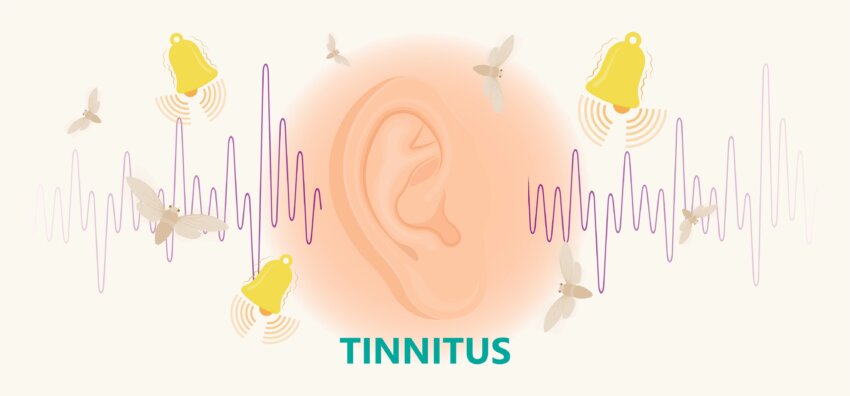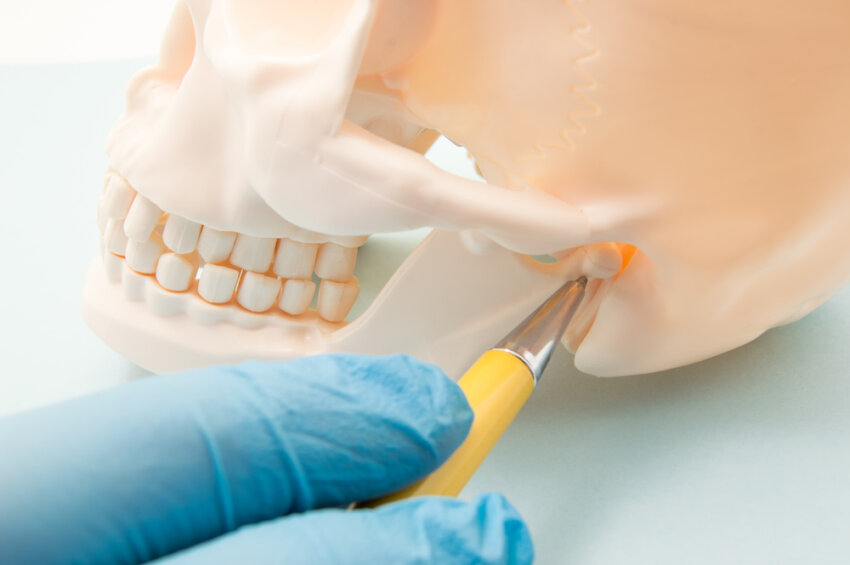 Ears play a vital role in our daily lives. These fascinating organs not only provide the capacity to hear, but also help us maintain our balance by keeping our eyes focused on a target. If not for the ears, our eyes would tend to bounce around when we walk, move or turn our heads.
Ears play a vital role in our daily lives. These fascinating organs not only provide the capacity to hear, but also help us maintain our balance by keeping our eyes focused on a target. If not for the ears, our eyes would tend to bounce around when we walk, move or turn our heads.
The ears are best known for hearing, but making sense of the sounds around us requires a team effort by both our ears and brain. The complex process of hearing begins with energy that moves through the eardrums to the middle ear bones and then creates a fluid wave in the inner ear, which transforms millions of frequency-responsive hair cells into electrical energy that travels to the brain. This energy is then filtered through the brain stem at multiple levels, ultimately arriving in the temporal lobe where it is processed and interpreted.
With such important functions, understanding how ears work is key to maintaining good ear health. Read on to test your knowledge about the ears.
1. Myth or fact? Cotton swabs, such as a Q-tip, are a safe way to clean ears.
Answer: Myth. Many ear-related problems tend to be self-induced when items like cotton swabs, car keys, bobby pins or fingernails are placed in the ears. In fact, it’s not uncommon to rupture an eardrum when cotton swabs are placed in the ear. It’s important to be aware that there is no need to clean the ears because they’re self-cleaning.
2. Myth or fact: Earwax protects the ears.
Answer: Fact. Without earwax — the lipid layer of the ear canal skin — individuals can suffer from very itchy ears and be more prone to invasive infections, especially individuals with diabetes. The combination of too little earwax, diabetes and water contamination can result in life-threatening infections that require months of antibiotics for recovery.
3. Myth or fact: Ringing in the ears, or tinnitus, is common.
Answer: Fact. Tinnitus, or hearing sounds without an external source, is quite common. According to research noted in the journal JAMA Neurology, tinnitus affects more than 740 million adults globally and is considered a major problem by more than 120 million people, mostly those ages 65 years or older.
Tinnitus may be caused by hearing loss, and since hearing loss is quite common, so is tinnitus. According to the Hearing Health Foundation, 90 percent of tinnitus cases occur with an underlying hearing loss.
If you experience tinnitus in only one ear, it may be a good idea to visit your doctor for further evaluation as this could be a sign of something more serious.
4. Myth or fact: Tinnitus can be cured.
Answer: Myth. While there is no cure for tinnitus, there are management strategies. The only strategies shown to be effective are hearing aids and cognitive behavioral therapy, or CBT. CBT addresses the feedback loop that develops when the brain becomes aware of something, becomes afraid of it, and then hangs on to it. CBT aims to break that cycle of fear and anxiety, because it’s not the noise that can cause anxiety, it’s the fear of what that noise represents.
5. Myth or fact: In adults, the most common cause of ear pain is temporomandibular joint dysfunction, known as TMJ.
Answer: Fact. Dental issues can often present as ear pain in adults. It is not atypical to see individuals with chronic ear pain, or otalgia, who have TMJ, a dysfunction of the jaw joint. With the prevalence of stress, many individuals grind and clench their teeth reflexively while they sleep, placing stress on this joint and causing a variety of issues, including ear pain. For kids, on the other hand, the most common cause of ear pain is ear infection.
6. Myth or fact: Only people who have lost their ability to hear can be candidates for a cochlear implant, a surgically implanted device to improve hearing.
 Answer: Myth. Individuals with moderate to severe hearing impairment can be candidates for a cochlear implant. If an individual is not benefitting substantially from a hearing aid, then they should be considered for a cochlear implant. A cochlear implant is comprised of a series of electrodes that go into the cochlea and replace the cochlea’s function. The cochlea is a part of the inner ear that plays an important role in hearing. Candidates must be over 10 months of age to qualify for a cochlear implant, but there is no upper age limit.
Answer: Myth. Individuals with moderate to severe hearing impairment can be candidates for a cochlear implant. If an individual is not benefitting substantially from a hearing aid, then they should be considered for a cochlear implant. A cochlear implant is comprised of a series of electrodes that go into the cochlea and replace the cochlea’s function. The cochlea is a part of the inner ear that plays an important role in hearing. Candidates must be over 10 months of age to qualify for a cochlear implant, but there is no upper age limit.
Fun ear facts
Did you know that the stapes, a bone in the middle ear, is the smallest bone in the body?
The taste nerve, or chorda tympani, travels through the middle ear.
The human ear hears up to 20,000 hertz, but standard hearing tests measure up to only 8,000 hertz.
When to see a doctor
When it comes to ear health, it’s important to visit your physician when you experience an ongoing ear problem.
If you experience recurrent vertigo, hearing loss or ringing in your ears — especially if you have ringing in only one ear — consider visiting an ear, nose and throat doctor who can conduct further evaluation.
To learn more about UT Health San Antonio’s ear, nose and throat physicians, click here.







